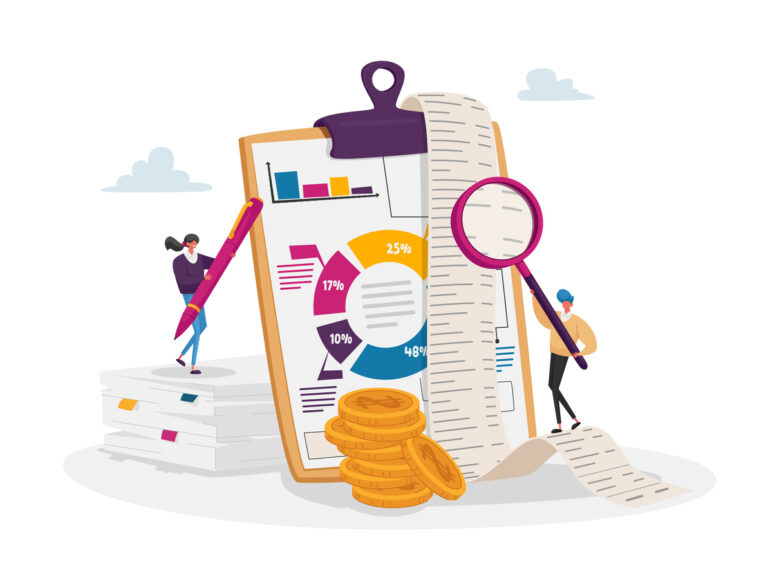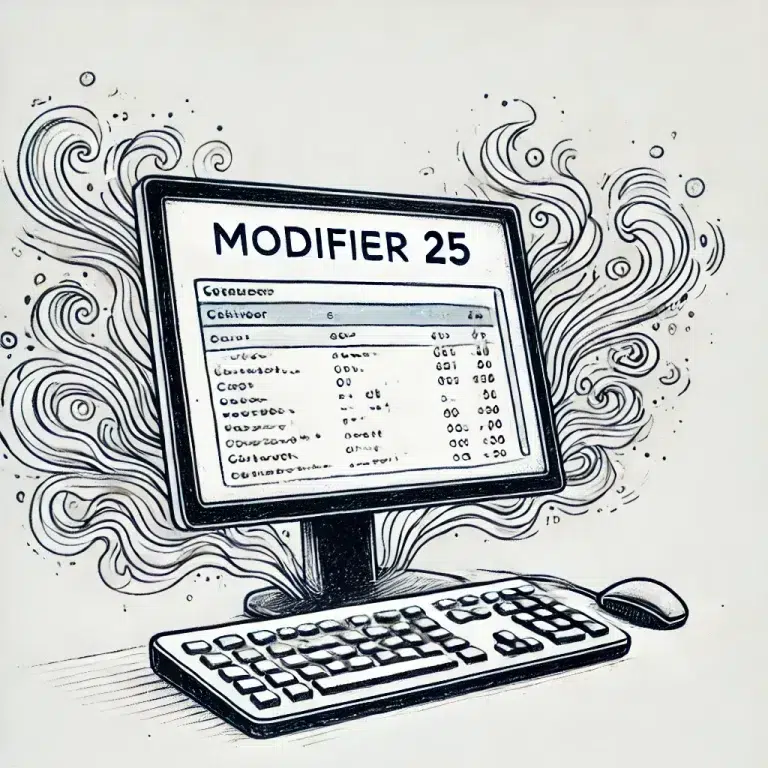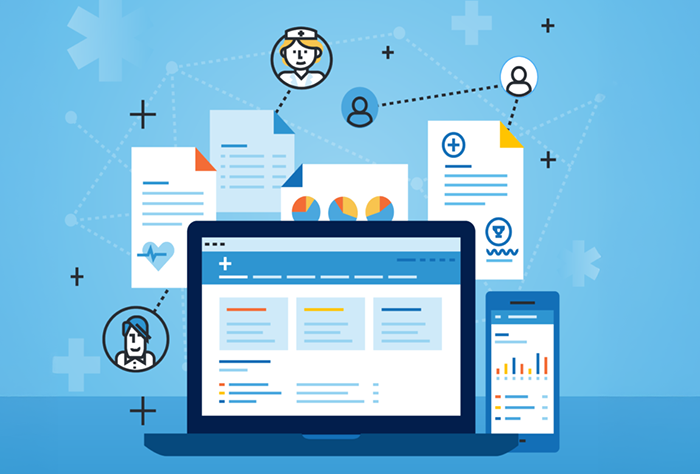The Employee Experience Starts with You
New employees paired with a colleague from another team get a different perspective of the organization and have an outlet to discuss issues away from those they work with daily. Ask Fuel First answers a question about Buddy Programs: How do you implement a Buddy Program that benefits both the new and veteran employees?
A recent article by Forbes Magazine says that “mentoring is a proven approach to accelerate leadership and employee development while increasing retention, engagement and productivity.” Microsoft tested the Buddy Program idea and found that the more times new employees met with their buddy, the more productive they felt. Ninety-seven percent of new hires who met with their buddies four to eight times in the first three months felt highly effective. As we look for innovative ways to continue fostering an environment of collaboration and connection, the Buddy Program stands out. This “pseudo” mentoring program is designed to tackle one of our newest workplace challenges—new employee integration.
We say “pseudo” because the approach we recommend is much less formal than a full-on mentoring program. The program is designed to connect a new hire with a buddy from a different department to work with them over a limited period (around two months or more). Although there are no rules or boundaries, it’s essential to establish a few guidelines to help put employees on a path to success.
Why Should You Implement a Buddy Program?
- Give employees a feedback loop outside of the traditional routes.
This is important for new hires because they are navigating through internal politics, culture and relationships in a new company which can be the most complex part of adjusting to, and succeeding in, a new role. Having a buddy removed from judging performance makes asking questions, venting about small things, and opening up about fears, worries and inevitable stumbles a little easier. - Reveal a different side of the company.
Retaining talent requires creativity, especially when it comes to growth. Some individuals are content to stay in the same position for five or more years, while others want movement and new challenges to remain happy. By pairing a new hire with someone from another department or team, they are exposed to another perspective of how the business is run as they can hear from people with different ideas about the organization. - Expand relationships beyond those we interact with every day.
A buddy program encourages individuals to branch outside their assigned role to cross-functionally contribute their expertise. - Allow opportunities for reverse mentoring.
It’s important to note that the buddy relationship is not necessarily senior versus junior. A lot can be learned from people entering your practice with diverse backgrounds, a fresh perspective and knowledge of best practices from other organizations.
How Can I Implement a Buddy Program in my Organization?
If you believe that a Buddy Program could be a valuable part of integrating new employees into your practice, we recommend following this process:
- Assign a buddy: After introducing the Buddy Program to those involved, you will need to pair one new employee with one buddy outside their performance network. This allows new employees to gain a different perspective of the practice and share frustrations without affecting colleagues they work with directly.
- Set up the first meeting: You will set up the first meeting between new employees and their buddies. Plan to introduce the pair to each other, establish a rough outline of the process and answer questions along the way.
- Allow new employees to schedule subsequent buddy meetings: Much of the first few weeks working at a new job includes being told what to do and where to go. You’ve given them control over the process by allowing new employees to schedule their own buddy meetings. This is not only empowering, but it acknowledges new employees’ involvement in the practice. We suggest that buddies meet regularly for about two months, but the decision to extend meetings beyond that time frame is entirely in the hands of new employees.
Does Fuel Medical Have a Buddy Program?
Yes! We have a Buddy Program at Fuel and get consistently positive feedback from new hires and their buddies. New employees find value in connecting with people outside of their everyday encounters and gaining a perspective from the organization that may be overlooked during traditional onboarding. Buddies feel valued as they have had the opportunity to be a part of the integration process. We find that the Buddy Program is an effective way to be intentional about assimilating a person into our culture, teaching them the duties of the job and connecting them to the performance of their colleagues and the goals of our organization. Fuel helps practices implement integration strategies, like the Buddy Program, to reduce employee turnover and improve their overall patient experience.
Check out more Ask Fuel First articles and videos to learn more about the employee experience, and then reach out to the Fuel Medical Professional Development team to learn how to introduce a buddy program in your organization.


